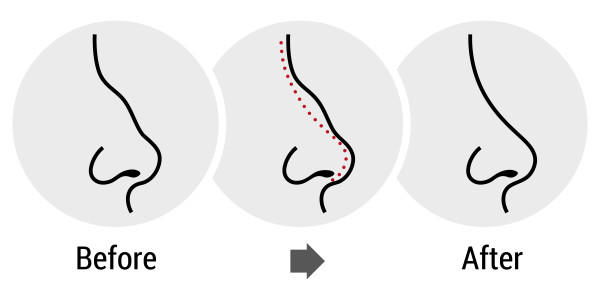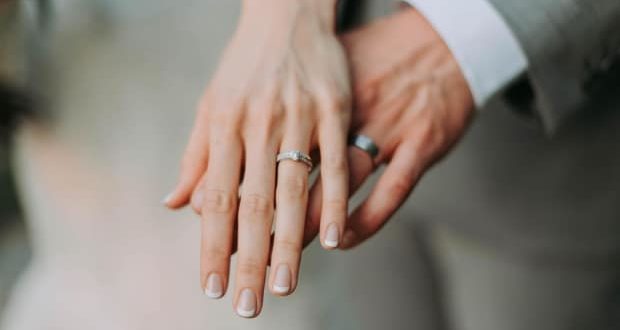Three Things You Should Know Before Undergoing Dorsal Hump Reduction
Rhinoplasty treatment can help reduce bumps on the patient’s nose and make sure patients achieve their ideal appearance. Dorsal hump reduction is a specialized form of the rhinoplasty procedure, with millions of patients undergoing the treatment each year.
For those now considering dorsal hump reduction, it’s important to understand the process, its benefits, as well as the after-care process. Dr. Phillip Solomon, an expert in the field of cosmetic surgeries, highlights three important points about dorsal hump reduction.
#1 – Humps Could be Related to Bone, Cartilage or Both
The dorsal hump on the bridge of the nose is often unique from patient to patient, and therefore needs a unique treatment approach. In considering their dorsal hump reduction options, patients should first speak to a specialist and find out more on the composition of their dorsal hump.
The bridge of the nose is usually composed of bone in its upper third, and cartilage in its lower two thirds. Some have a hump on the upper bone area of the nose, while others have humps containing all cartilage at the lower end of the bridge.
It’s quite common for patients to discover their dorsal hump contains both bone and cartilage, and therefore requires a combined cartilage and bone removal treatment strategy.
#2 – How Much of a Reduction You Require
When undergoing dorsal hump reduction treatment, patients must communicate directly with the specialist and explain exactly how much of the hump they wish to remove. For the majority of patients, this will likely be a question of personal preferences and simple aesthetics.
Some might also wish to preserve ancestral or ethnic features that are of great personal value. However, some patients may be restricted by the amount of hump their surgeons can safely and effectively remove.
Most of the leading surgeons should be able to provide patients an in-office simulation of how their nose would look after varying levels of reduction. This will help patients make the decision more effectively, based on tangible details on their postoperative appearance.
#3 – The Thickness of Your Skin
Another factor impacting the amount of skin and bone that can be removed during the procedure is the thickness of the patient’s skin. Though patients with exceptionally thick skin may still be able to achieve some level of reduction during the rhinoplasty procedure, they may find they’re limited in the extent of the reduction.
That’s because thick skin may not be able to closely wrap around the newly formed nose, and could cause skin sagging in the area if the surgeon doesn’t help maintain the right balance. Patients can speak directly to their surgeon about potential skin sagging issues, as each surgeon may have their own techniques for mitigating this issue during surgery.
By understanding the various facets of their dorsal hump reduction procedure, patients can go into the process empowered with more information. They can then communicate their needs more effectively with their surgeon and undergo a safe and highly personalized surgery.
Be mindful of the following tips when searching for a doctor to meet your needs. Remember you might have to shell out more than you thought of for quality care.





